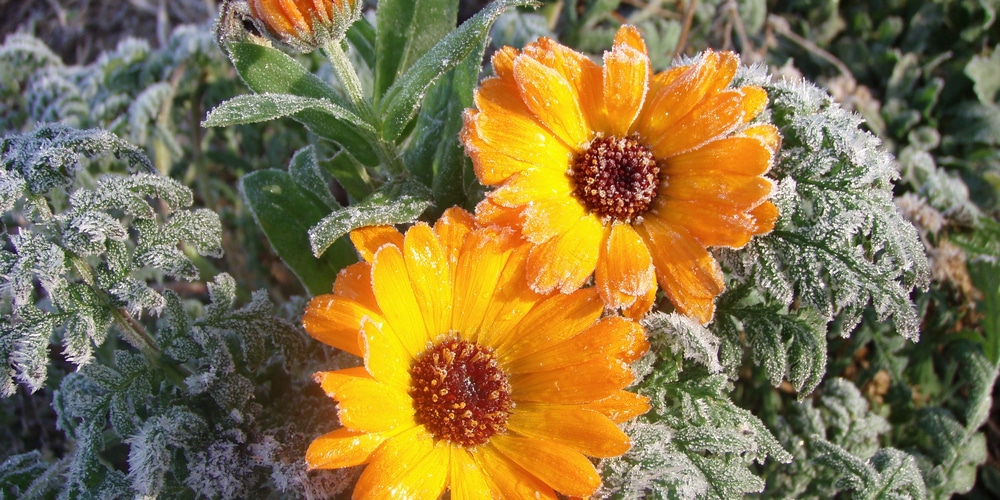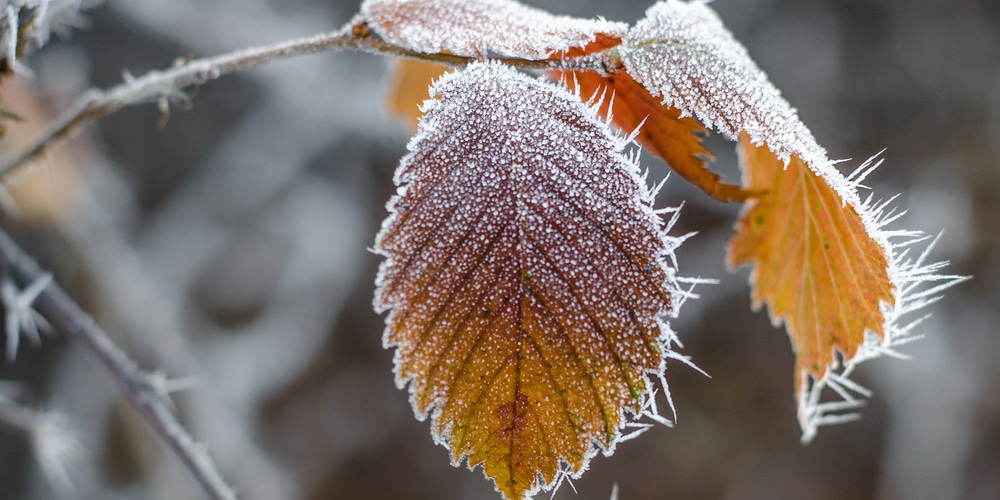When it comes to protecting your plants from the frost, sometimes the old ways are still the best. The items you have lying around your house can work in a pinch, including old blankets, plastic containers, and cardboard boxes.
Will cardboard boxes protect plants from frost? Let’s delve deeper into what makes them good for plants that are exposed to freezing temperatures.
Will Cardboard Boxes Protect My Plant From Frost?
As it turns out, cardboard boxes are one of the most effective frost covers you can get. What makes it even more appealing is that cardboard boxes are cheap, and there’s a good chance that you have several of them lying around your house.
You can rummage around your garage or attic and get a box that fits the plant you wish to protect from the cold. The best ones to get are boxes that are undamaged and don’t have holes or openings where freezing winds and snow can pass through.
A cardboard box makes for excellent insulative material and might be better than a cotton blanket. They keep their shape and keep the warmth inside without sacrificing breathability.
You’ll just need to do a bit of trial and error to figure out the perfect box for your plant.
Can You Use Cardboard Boxes to Protect Plants From Frost?
The short answer is yes, cardboard boxes can be used to keep away the cold and prevent frost from damaging your plants.
A cardboard box can serve as an excellent protective material during the winter. The box will insulate your plant against frost and ice forming along the leaf surface. It’s recommended that you have a box or two that’s the right size handy so you can quickly protect your plants if there’s frost coming.
How to Use a Cardboard Box for Frost-Sensitive Plants
Find the Right Size
The best cardboard box for your plant is one that has the right size. It shouldn’t be too small that parts of the plants, such as the top foliage or side branches and leaves touch it.
There’s a high chance that frost will still get to your plant, or parts of your plant will get damaged by the cover.
Having a slightly bigger box is better than an undersized one. At the very least, the cardboard box should allow a one-inch space from your plant in all directions.
Open One End and Keep the Other Closed
You can fashion a makeshift protective cover by opening the cardboard box on one side while keeping the other side closed. The general idea is to cover the plant so the elements won’t be able to easily get inside.
If the box lids or flaps don’t fully close you can use packing tape or something similar to create a seal. Don’t cut out the lids that you’ll leave closer to the ground as there’s a use for them later on.
Cover and Weigh Down with Heavy Objects
The last part is putting down the box to shield your plant from the incoming frost. Position the cardboard box atop the plant and make sure that the stems, leaves, or branches are touching the cover.
Once the cardboard box is in place you can use heavy objects such as rocks, bricks, or something similar to weigh it down and keep it from blowing away or moving in high winds.
Will cardboard boxes protect plants from frost: Final thoughts
It’s recommended that you put the cardboard box on your plant in the late afternoon so the inside warms up sufficiently. Once the risk of frost has passed you can then remove the cover and allow your plant to breathe and take in the sun.


